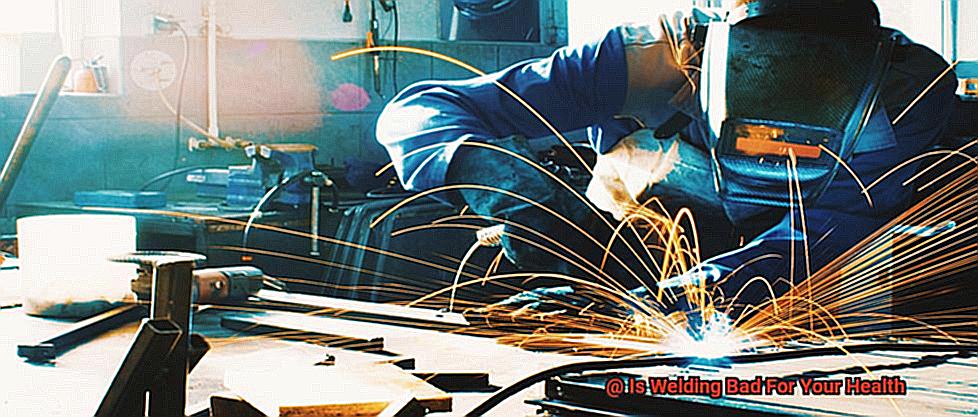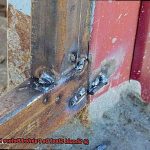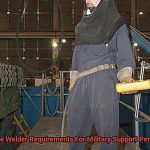Welding is a ubiquitous technique that has found its way into almost every sector, from construction to metal fabrication and manufacturing.
The process involves heating up metal until it melts, then fusing two or more pieces together using a filler material like a welding rod or wire. It’s an essential part of many industries, but what most people don’t know is that there are risks associated with welding that can be detrimental to your health.
Welders who work in environments with hazardous fumes and particles are at high risk of developing chronic respiratory problems, cancer, and other ailments.
And let’s not forget about the intense light and noise produced by some welding techniques that can lead to hearing damage and vision loss.
So, it begs the question – is welding bad for your health? It’s crucial to understand the hazards associated with welding and the preventive measures you can take to stay safe.
What is Welding?
Contents
Welding is an incredible process that involves joining two or more pieces of metal using a combination of heat and pressure.
It’s a widely used technique in various industries, including construction, manufacturing, and automotive repair. However, while welding can be immensely beneficial, it can also pose significant health risks to those involved in the process.
One of the primary health hazards associated with welding is exposure to fumes and gases. These substances contain highly toxic metals like lead, cadmium, and hexavalent chromium that can cause serious respiratory problems, lung damage, and even cancer.
The good news is that welders can reduce their exposure to these hazardous substances by wearing protective equipment such as respirators and ensuring proper ventilation in their workspace. Welding also involves exposure to different types of radiation.
Welders face visible light, infrared radiation, ultraviolet radiation, and electromagnetic radiation during the process. Ultraviolet radiation can cause skin burns and eye damage, while electromagnetic radiation can cause cataracts.
To minimize these risks, welders should wear appropriate eye protection and limit their exposure to radiation. In addition to these hazards, working with hot metal surfaces, sharp edges, and flying debris can lead to physical injuries like burns, cuts, and bruises.
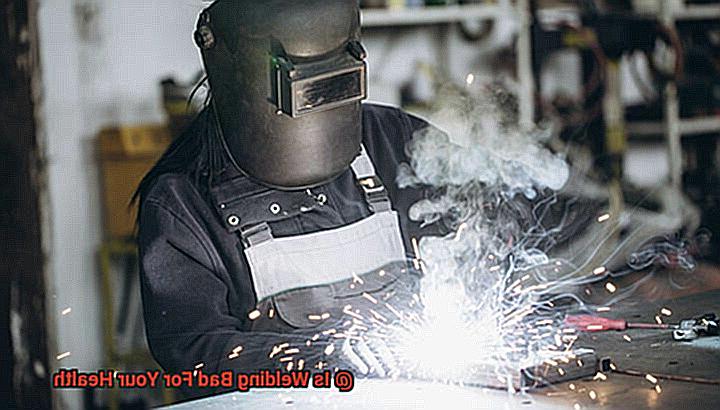
It’s essential for welders to wear gloves, protective clothing, and helmets to prevent such injuries. Despite these risks, there are several measures that welders can take to reduce their risk of developing health problems associated with welding.
Employers should provide adequate training programs for their employees on how to safely operate welding equipment and provide necessary PPE.
By taking necessary precautions and using appropriate personal protective equipment (PPE), welders can continue to safely utilize this important technique without putting their health at risk.
Health Hazards of Welding
Welding is a vital process used in various industries, from construction to manufacturing and repair.
However, it’s important to note that it comes with some serious health hazards if proper safety measures are not taken. In this blog post, we will delve into the most common health hazards associated with welding and how to prevent them.
Respiratory problems
Respiratory problems are the most prevalent health hazard that welders face during the welding process. The fumes and gases produced during welding contain toxic substances like carbon monoxide, nitrogen oxides, and ozone.
These substances can cause lung damage, chronic bronchitis, and other respiratory illnesses when inhaled for prolonged periods. To minimize exposure to welding fumes and gases, welders must wear respirators or use ventilation systems.
Skin irritation
Skin irritation is another health hazard that welders have to deal with. The ultraviolet (UV) radiation emitted during welding can cause sunburn-like symptoms such as redness, itching, and blisters.
Prolonged exposure to UV radiation can also increase the risk of skin cancer. To minimize skin exposure, welders must wear protective clothing such as gloves, aprons, and full-body suits.
Eye damage
Eye damage is a significant health hazard that can result from welding without proper protection. The intense light emitted during welding can cause flash burns or arc eye.
Welders must wear appropriate eye protection such as welding helmets or goggles with shaded lenses to prevent eye damage. Finally, welding can also cause hearing loss due to the loud noise produced during the process.
Prolonged exposure to high noise levels can damage the inner ear and lead to permanent hearing loss. To protect their hearing, welders must wear earplugs or earmuffs.
So, welding poses several health hazards if proper safety measures are not taken. Welders must take appropriate safety precautions such as wearing protective clothing, using ventilation systems, and using personal protective equipment such as respirators, eye protection, and hearing protection.
Fumes and Gases in Welding
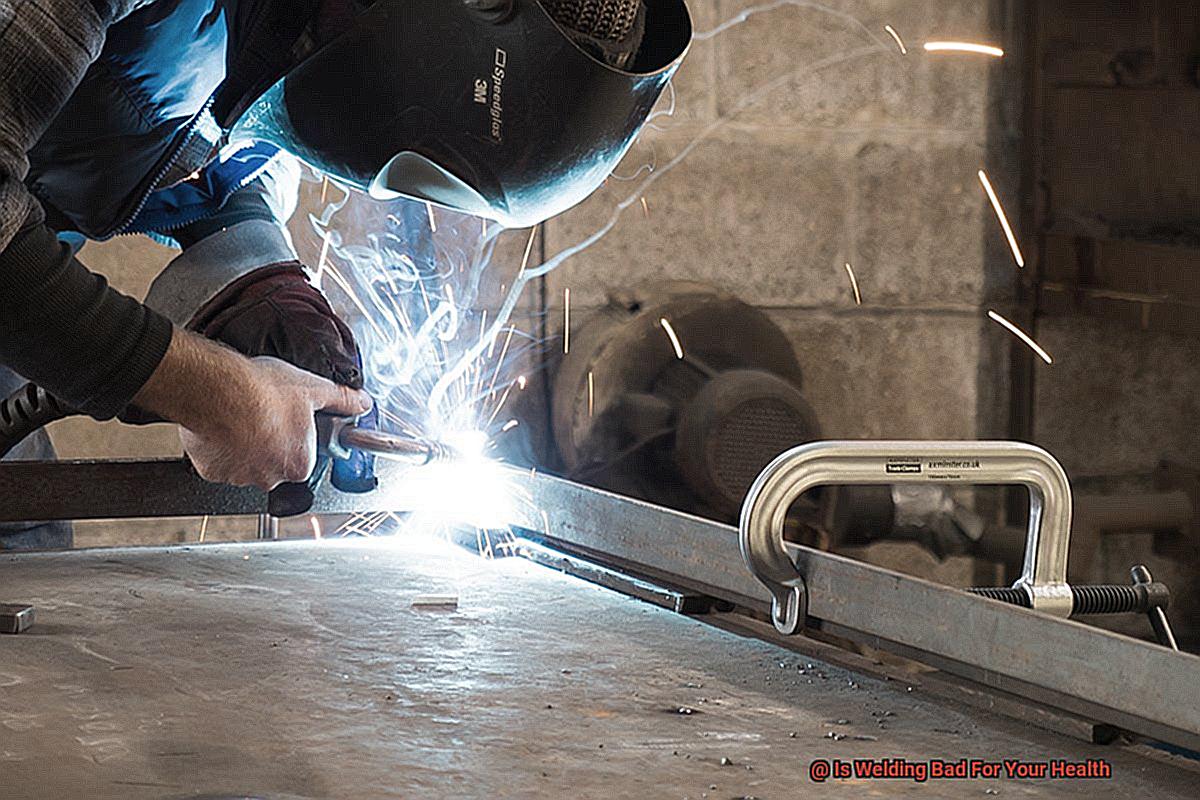
When metals are heated to high temperatures during welding, they release dangerous substances that can cause respiratory problems, headaches, nausea, dizziness, and even cancer in some cases.
These substances include carbon monoxide, nitrogen oxides, ozone, and welding fumes – a mixture of different metallic oxides that can be toxic if inhaled regularly. One of the most harmful substances found in welding fumes is hexavalent chromium.
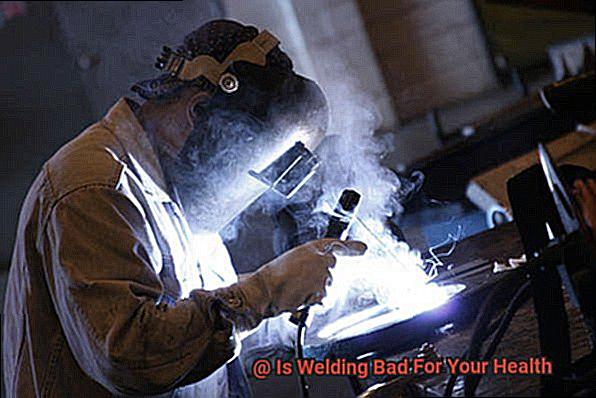
This potent carcinogen can cause lung cancer, asthma, and other respiratory issues. To protect yourself from these hazardous substances, you must wear proper respiratory protection such as a powered air-purifying respirator or a supplied-air respirator.
Additionally, it’s essential to ensure that your work area is well-ventilated so that fumes and gases can disperse quickly. Your employer also has a responsibility to keep you safe.
They should provide adequate training on how to handle hazardous materials safely and offer the necessary protective gear. This includes respirators, gloves, and protective clothing.
Radiation Exposure in Welding
Welding is a critical component of many industries, from construction to manufacturing.
However, it is also a hazardous task that requires proper safety measures to prevent health risks, specifically radiation exposure. Welding involves the use of high-energy sources such as ultraviolet (UV) radiation, visible light, and infrared radiation, which can cause severe skin burns, eye damage, and even lead to skin cancer.
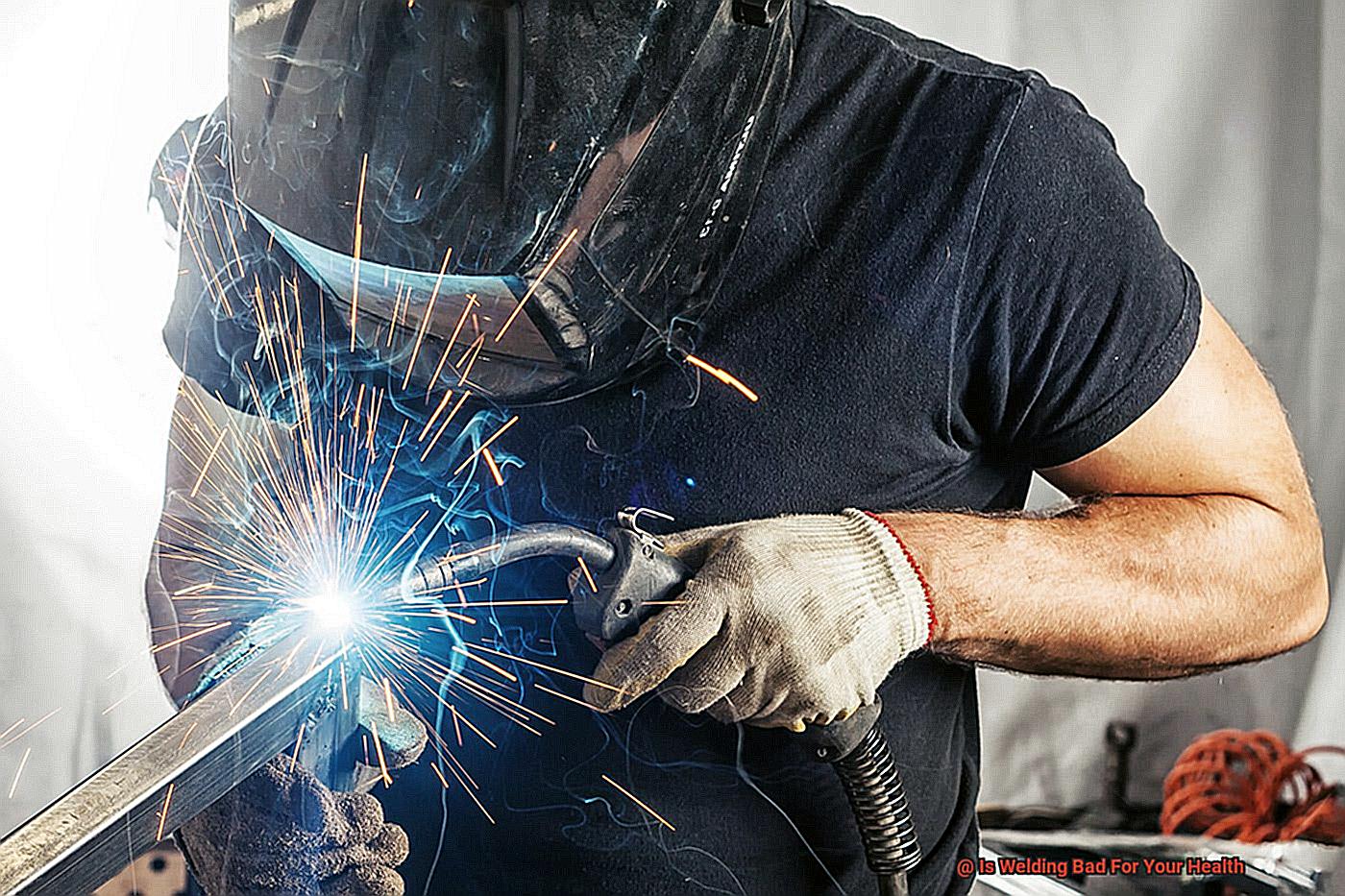
The UV radiation emitted from welding arcs is particularly harmful to the skin and eyes. Prolonged exposure to UV radiation can cause acute or chronic skin damage, including redness, itching, blistering, and even skin cancer.
Eye damage due to exposure to UV radiation, visible light, and infrared radiation is also common among welders. The dreaded “arc eye” or “welder’s flash” occurs when the cornea and conjunctiva are exposed to high-intensity light from the welding arc.
Thankfully, there are measures you can take to protect yourself against radiation exposure in welding. Wearing appropriate personal protective equipment (PPE) is crucial when welding.
Welders should wear welding helmets with lenses that filter out harmful light rays, meeting the standards set by ANSI and appropriate for the type of welding being performed.
Protective clothing such as long-sleeved shirts and pants made of flame-resistant materials should also be worn to protect the skin from UV radiation.
Physical Hazards of Welding
Welding requires intense heat, bright light, and exposure to harmful fumes that can cause both short-term and long-term health effects.
The immediate hazards of welding are the intense light and heat produced during the process. Welders are at risk of eye damage from the bright light emitted during welding, which can cause vision problems and even blindness if proper protective gear is not used.
Additionally, the extreme heat generated by welding equipment and materials can result in severe burns. Furthermore, exposure to harmful fumes and gases is another significant hazard of welding.
Welding produces fumes that contain toxic metals like lead, cadmium, and manganese. Inhaling these fumes can cause respiratory problems and other health issues.
Welders who work with stainless steel are also at risk of developing metal fume fever, a temporary illness caused by inhaling fumes from certain metals. Long-term exposure to welding fumes can lead to more severe health problems.
Studies have linked welding fumes to lung cancer, chronic obstructive pulmonary disease (COPD), and neurological problems like Parkinson’s disease. To minimize these risks, welders must use proper protective gear such as eye protection, gloves, respirators, and ventilation systems.
Employers should also implement safety protocols to ensure that welders work in a safe environment and are not exposed to excessive levels of fumes or gases. By taking these measures, welders can continue to enjoy the benefits of their profession while minimizing their risk of developing long-term health problems.
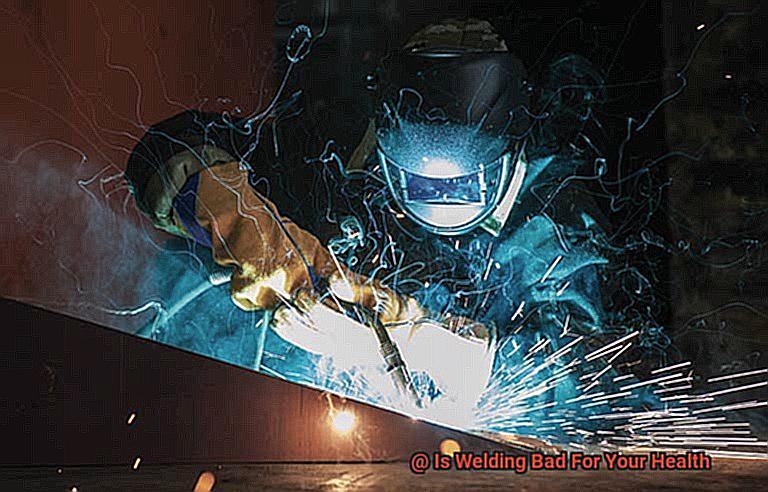
It is crucial for welders to prioritize their health and take necessary safety precautions to avoid any potential risks associated with welding.
Safety Measures for Welders
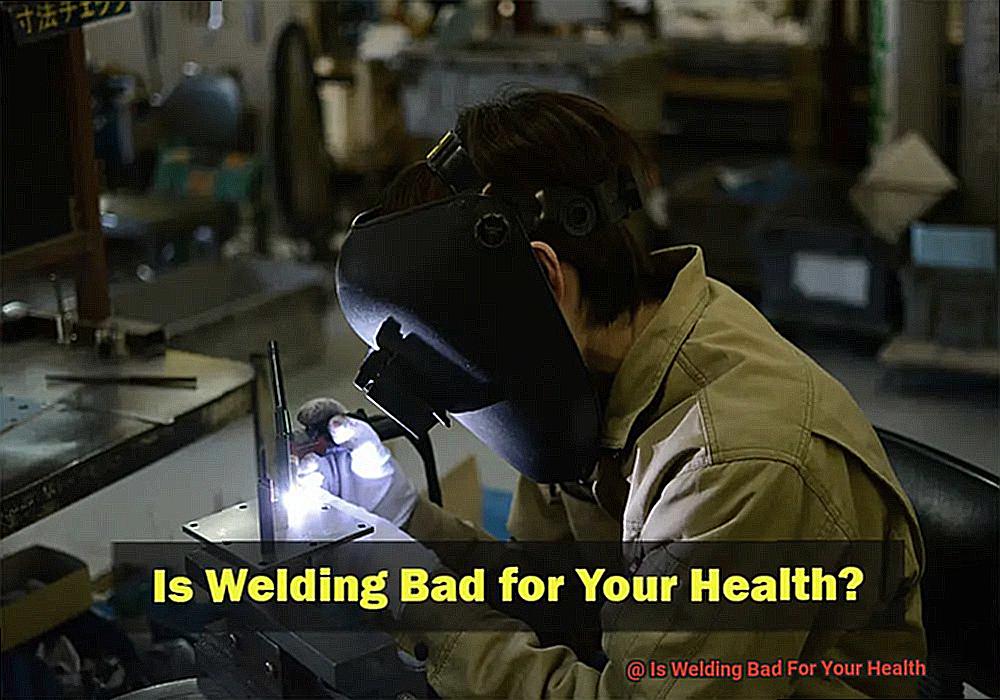
It can also be hazardous if proper safety measures are not taken.
That’s why I want to share some essential safety measures that welders should follow to protect themselves from potential health hazards. Firstly, welders must put on proper personal protective equipment (PPE).
Wearing flame-resistant clothing, gloves, and boots is necessary to prevent burns and cuts on their skin. Welding helmets with appropriate filters are also crucial to protect their eyes from intense light and harmful radiation produced during welding.

Next, proper ventilation in the work area is essential as welding produces fumes and gases that can be harmful when inhaled. Therefore, a well-ventilated work environment helps remove these gases and fumes, reducing respiratory problems.
Maintaining a clean workspace is equally important to prevent accidents or increase the risk of respiratory problems. Regular cleaning of the work area helps reduce the accumulation of dust, debris, and metal shavings.
Welders should also receive proper training on safe welding practices. This includes how to use all welding equipment safely and identify potential hazards.
They must also learn how to handle and store welding materials like cylinders of compressed gases. Lastly, taking regular breaks during long periods of welding is crucial.
Welding can be physically demanding, so taking breaks helps reduce fatigue and prevent injuries caused by repetitive motion. In conclusion, following these welding safety measures significantly reduces the risk of injury or illness related to welding.
3ldUs5LFjm0″ >
Conclusion
In conclusion, welding is a vital process that plays a crucial role in numerous industries.
However, it can also pose significant health risks if proper precautions are not taken. Welders are at risk of respiratory problems, skin irritation, eye damage, hearing loss, and radiation exposure.
Thankfully, welders can protect themselves by following some simple safety measures.
These include wearing appropriate personal protective equipment (PPE), using ventilation systems to reduce fumes and dust, keeping their work area clean and tidy, taking regular breaks to prevent fatigue and receiving adequate training on safe welding practices.
Employers have a critical role to play in ensuring the safety of their workers. They must provide necessary PPE and implement strict safety protocols to create a secure working environment for their employees.
Welding is undoubtedly demanding work that requires skill and precision. Therefore, welders must prioritize their safety above all else.
